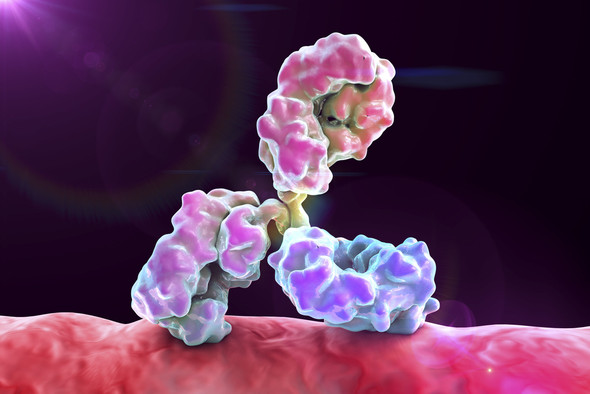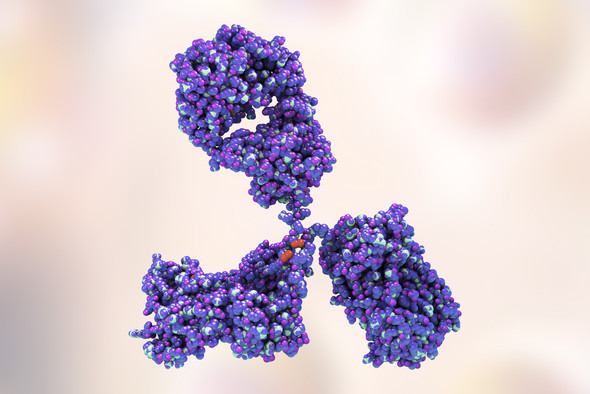Description
MOUSE ANTI-CYTOMEGALOVIRUS PHOSPHOPROTEIN 28 ANTIBODY (0898)
Mouse anti CMV phosphoprotein 28 antibody (clone 0898) recognises Human Cytomegalovirus (CMV) structural late tegument phosphoprotein 28 (pp28). The CMV phosphoprotein 28 antibody is suitable for immunoassay research and development.
PRODUCT DETAILS – MOUSE ANTI-CYTOMEGALOVIRUS PHOSPHOPROTEIN 28 ANTIBODY (0898)
- Mouse anti-CMV phosphoprotein 28 monoclonal IgG2a antibody (clone 0898).
- Greater than 90% purity by SDS-PAGE and buffered in PBS, pH7.2.
BACKGROUND
Human Cytomegalovirus (HCMV) is an enveloped, double stranded DNA virus that belongs to the family Herpesviridae. The human CMV virus is ubiquitous and HCMV infection is globally widespread. The virus can be transmitted through direct contact with infected bodily fluids or though contact with virus infected transplant and transfusion material. Human CMV can also be transferred in utero from mother to foetus during pregnancy resulting in congenital HCMV infection of the newborn.
Individuals can be re-infected by the same strain or by a different strain of HCMV. Once infected the virus remains latent in an individual and may reactivate later in life. In developed countries, 50 to 70% of all adults are thought to be HCMV sero-positive. Reports suggest that HCMV sero-prevalence increases with age, ethnicity, low socioeconomic status and sexuality.
In healthy adults and children, HCMV infection is self-limiting with most cases being asymptomatic or presenting with mild, non-specific or mononucleosis-like symptoms. However, HCMV can cause severe clinical disease in immunocompromised patients. Congenital HCMV infection can lead to birth defects such as blindness, deafness, mental impairment, epilepsy and microcephaly.
Human CMV is composed of a capsid containing the DNA genome, a tegument layer, and an envelope. It has the largest genome of any known human virus encoding numerous glycoproteins. HCMV proteins, localised in the tegument, play important roles in all stages of the viral life cycle and are potential targets for antiviral therapy. The HCMV UL99-encoded pp28 protein is a 190-amino-acid myristylated phosphoprotein that is synthesized after the onset of viral DNA replication. The pp28 protein is one of the most abundant constituents of the tegument layer and is highly immunogenic (Silva, MC).
REFERENCES
- Burke HG, Heldwein EE. (2015). Crystal Structure of the Human Cytomegalovirus Glycoprotein B. PLoS Pathog. Oct 20;11(10):e1005227.
- Silva MC et al. (2003). Human cytomegalovirus UL99-encoded pp28 is required for the cytoplasmic envelopment of tegument-associated capsids. J Virol. 2003 Oct;77(19):10594-605.














